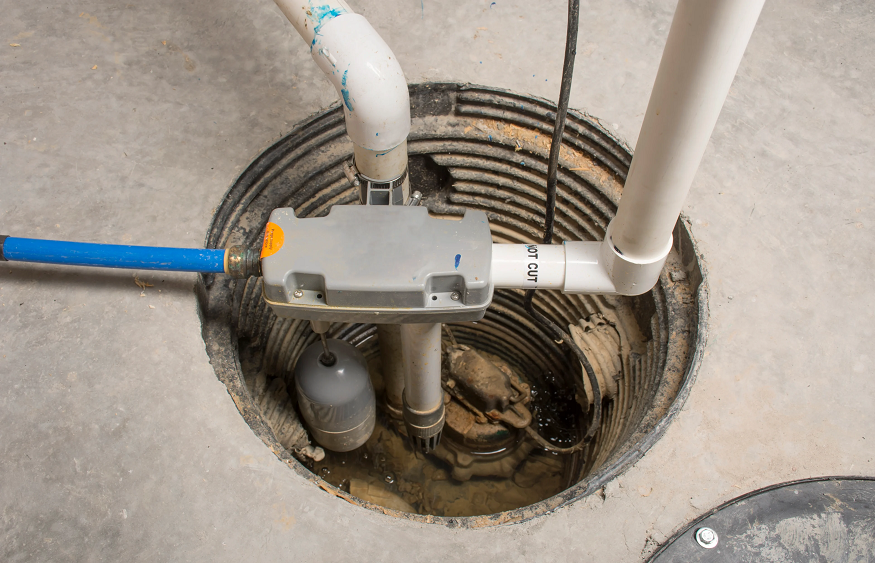In the realm of pumps, certain types often get confused because of their similarities in name or appearance. Two such pumps are the condensate pump and the sump pump. While both serve essential purposes in specific scenarios, they are distinctly different in terms of functionality, design, and application. Let’s delve into the nuances of each and understand their differences.
What is a Condensate Pump?
A condensate pump is primarily used in heating and cooling systems, especially in HVAC units and high-efficiency furnaces. Its main function is to remove the water (condensation) that accumulates from the operational process of these systems.
Key Features of Condensate Pumps:
- Size and Capacity: Generally compact, designed to fit into tight spaces like beside or beneath HVAC units.
- Function: Collects and pumps away the condensation produced during the heating or cooling process.
- Location: Often found in homes or buildings where the furnace or HVAC unit is located in a place that doesn’t allow for easy drainage by gravity.
What is a Sump Pump?
A sump pump is a larger pump designed to remove water that accumulates in a sump basin, usually found in the basement of homes. Its primary purpose is to prevent flooding and keep basements dry by pumping out excess groundwater or rainwater to an exterior location.
Key Features of Sump Pumps:
- Size and Capacity: Typically larger than condensate pumps, designed to handle higher water volumes.
- Function: Collects and pumps away excess water from basements or crawl spaces to prevent flooding.
- Location: Installed in the lowest part of a basement or crawlspace in a specially constructed sump pit.
Condensate Pump vs. Sump Pump: The Differences
- Purpose: While both pumps deal with water, a condensate pump handles the water produced as a by-product of heating and cooling processes, whereas a sump pump manages groundwater or rainwater to prevent flooding.
- Size and Capacity: Condensate pumps are generally smaller and handle lesser water volumes, whereas sump pumps are more robust, designed to combat potential flooding.
- Installation Location: Condensate pumps are typically found next to HVAC units or furnaces, while sump pumps are placed in basements or crawlspaces.
- Operational Triggers: A condensate pump usually has a reservoir that, when filled to a certain level, triggers the pump. In contrast, sump pumps are often activated by a float switch when water reaches a predefined level.
Conclusion
Though they both fall under the broad category of pumps, condensate pumps and sump pumps serve very different purposes and are designed for specific scenarios. Whether you’re looking to prevent your HVAC unit’s water overflow or keep your basement dry, understanding the distinction between these pumps ensures that you select the right tool for the job. Proper knowledge of their differences guarantees efficiency, prolongs the lifespan of the equipment, and most importantly, ensures the safety and comfort of a home or building.



